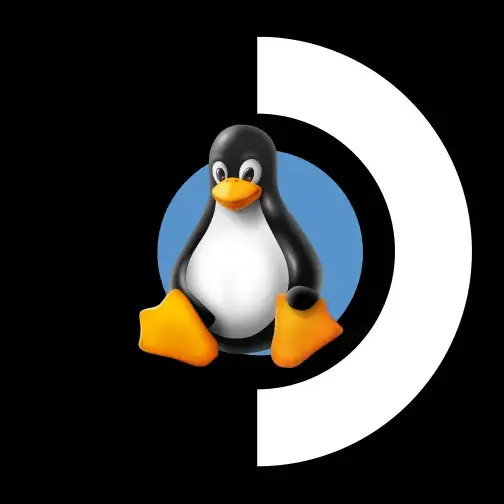
It’s about short term vs long term costs, and AWS has priced itself to make it cheaper short term but a bit more expensive long term.
Companies are more focused on the short term - even if something like AWS is more expensive long term, if it saves money in the short term that money can be used for something else.
Also many companies don’t have the money upfront to build out their own infrastructure quickly in the short term, but can afford longer term gradual costs. The hope would be even though it’s more expensive, they reach a scale faster where they make bigger profits and it was worth the extra expense to AWS.
This is how a lot of outsourcing works. And it’s exacerbated by many companies being very short term and stock price focused. Companies could invest in their own infrastructure for long term gain, but they often favour short term profit boosts and cost reduction to boost their share price or pay out to share holders.
Companies frequently so things not in their long term interests for this reason. For example, companies that own their own land and buildings sell them off and rent them back. Short term it gives them a financial boost, long term it’s a permanent cost and loss of assets.
In Signals case it’s less of a choice; it’s funded by donations and just doesn’t have the money to build out it’s own data centre network. Donations will support ongoing gradual and scaling costs, but it’s unlikely they’d ever get a huge tranch of cash to be able to build data centres world wide. They should still be using multiple providers and they should also look to buildup some Infrastructure of their own for resilience and lower long term costs.






In terms of KDE dependencies, you’re talking basically about QT. The amount of packages you download shouldnt be too much and likely used for other QT programs which are common.
However there is also GSconnect which is a Gnome extension and uses the KDE connect protocol.
I would say that your concerns regarding the KDE Connect dependencies should be balanced against the good Android and iOS support, and the wide use of KDE connect means it is well maintained, supported and responsive to security updates. These considerations may outweigh the installation of packages that you otherwise won’t be using? It may be better to go mainstream and accept the dependencies than hunt down a lesser supported alternative and deal woth the associated shortcomings.